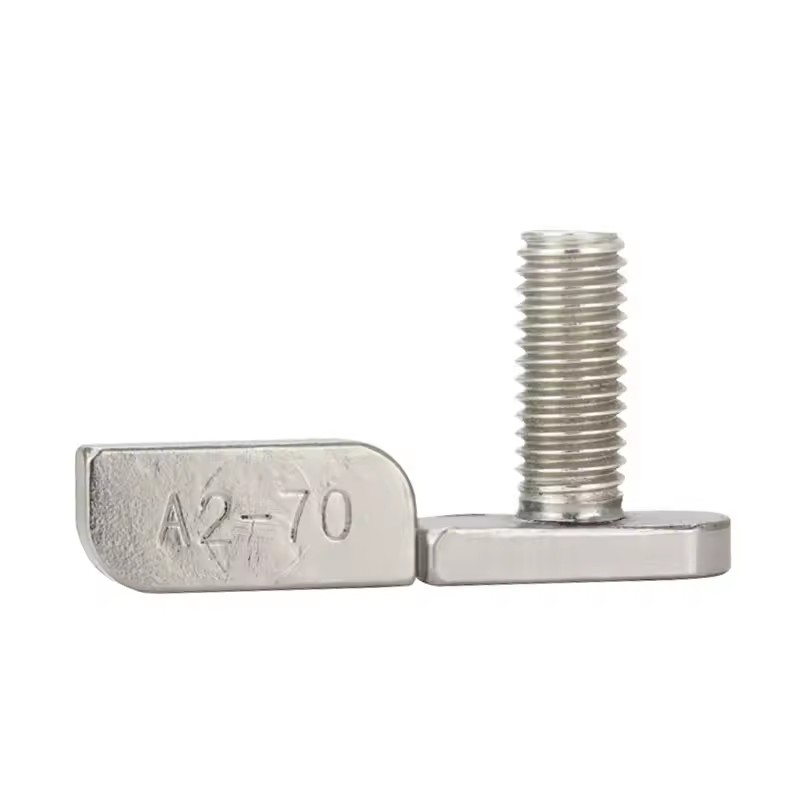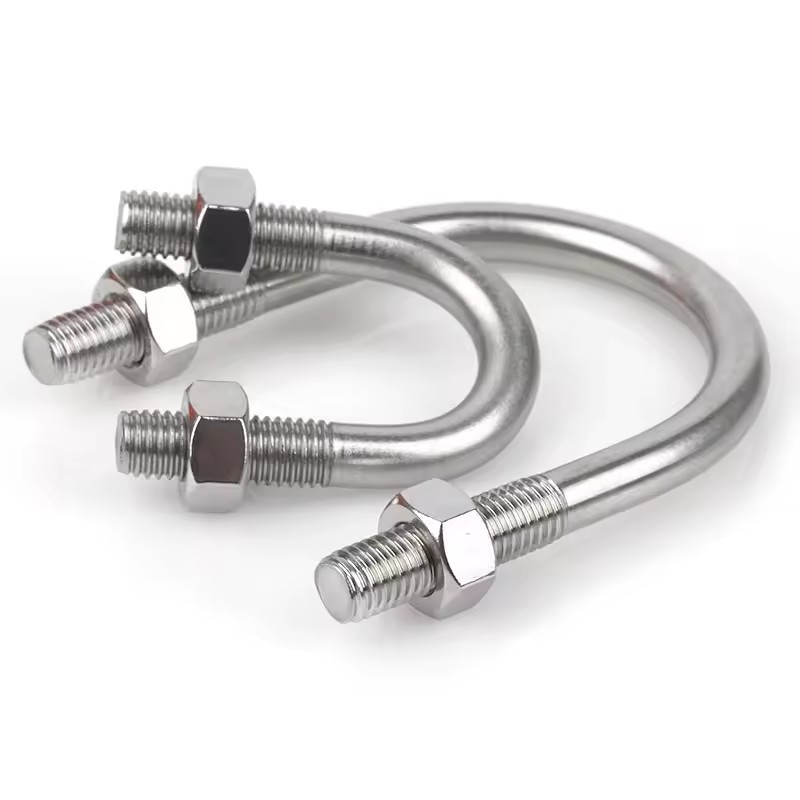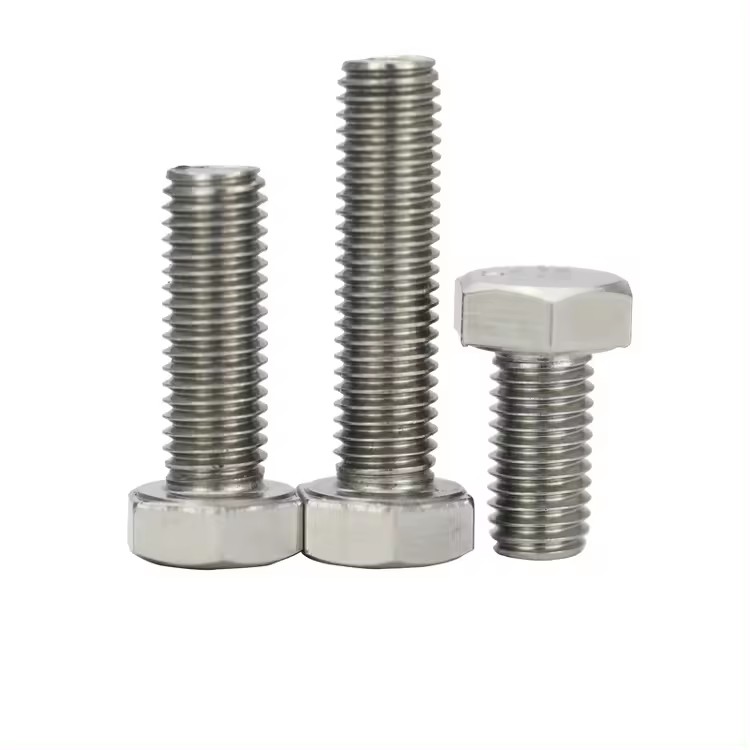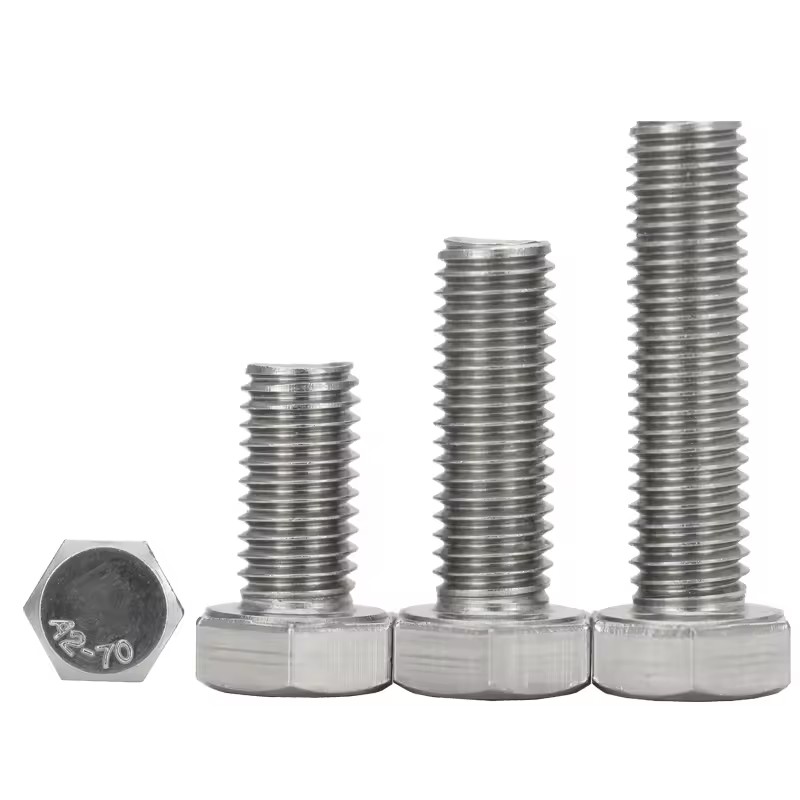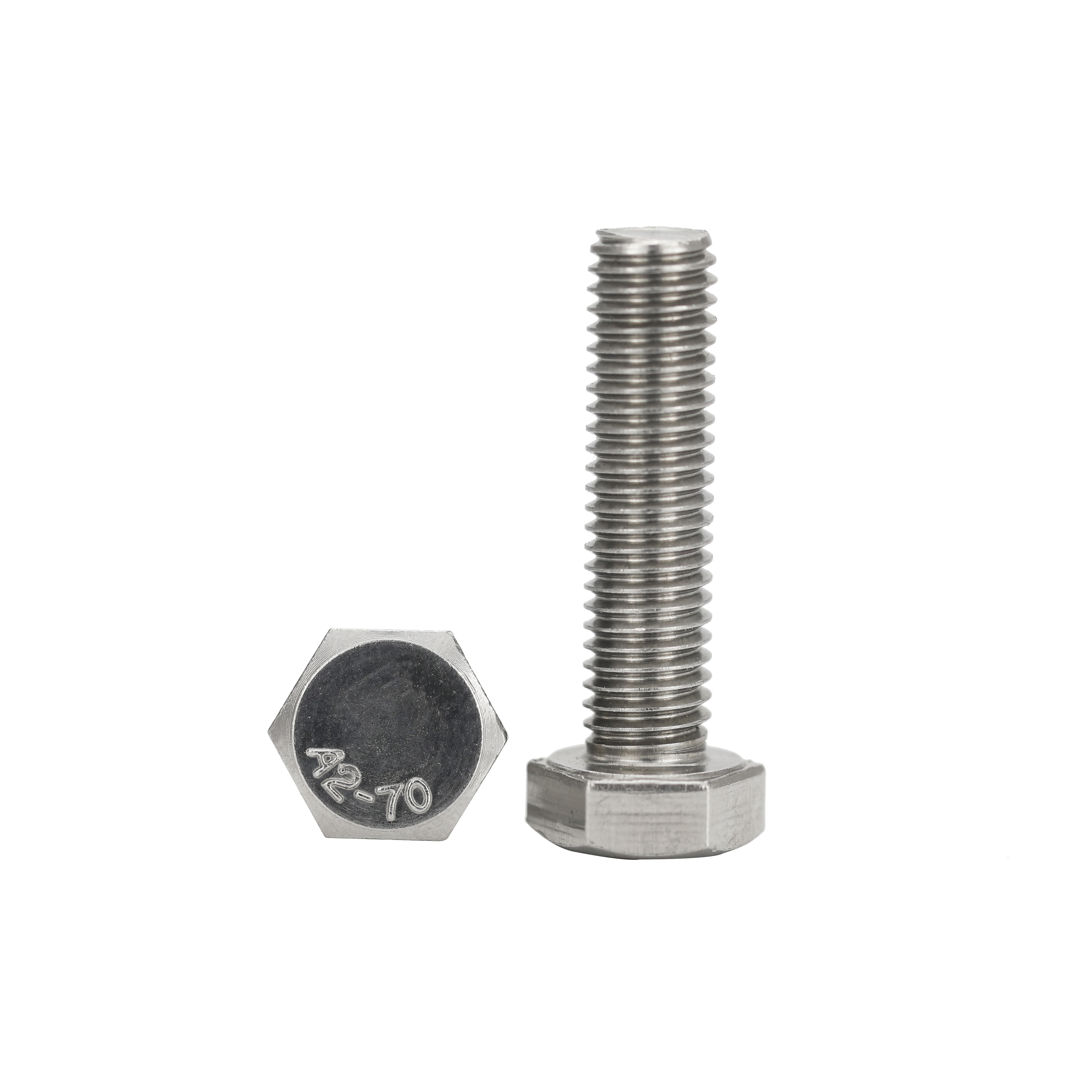The processing process of Stainless Steel Bolt is mainly divided into two categories: cold working and hot working. Heat treatment is another important process. Each of them has a significant impact on the performance of stainless steel bolts.
Cold working refers to processing stainless steel bolts at room temperature, such as cold forging, cold heading, etc. The main functions of cold working include:
Through plastic deformation during cold working, the grains of stainless steel bolts are refined and the internal structure is denser, thereby improving its strength and hardness. This strengthening effect mainly comes from work hardening, which is the dislocation and lattice distortion generated during the plastic deformation of the material.
Improved dimensional accuracy and surface quality: Cold working enables precise control of the size and shape of stainless steel bolts while achieving a high surface finish. This is especially important for application scenarios that require high precision and good appearance.
It should be noted that although cold working improves the strength and hardness of stainless steel bolts, it also weakens its ductility and corrosion resistance. This is because dislocations and lattice distortion generated during cold working may become the starting point of corrosion, and work hardening will also reduce the plasticity of the material.
Hot processing refers to processing stainless steel bolts at temperatures higher than normal, such as hot rolling, hot forging, etc. However, for stainless steel bolts, thermal processing is not the main processing method, because stainless steel has better plasticity and toughness at high temperatures, but the dimensional accuracy and surface quality after processing may be difficult to control. However, thermal processing still has its unique role in certain situations:
For some stainless steel materials that are difficult to cold work, hot working can reduce the degree of work hardening and improve the plasticity of the material, making subsequent processing and forming easier.
Eliminate internal stress: During the thermal processing process, stainless steel bolts will be subject to high temperatures and stresses. These stresses will be released during the subsequent cooling process, thereby eliminating or reducing the impact of internal stress on bolt performance.
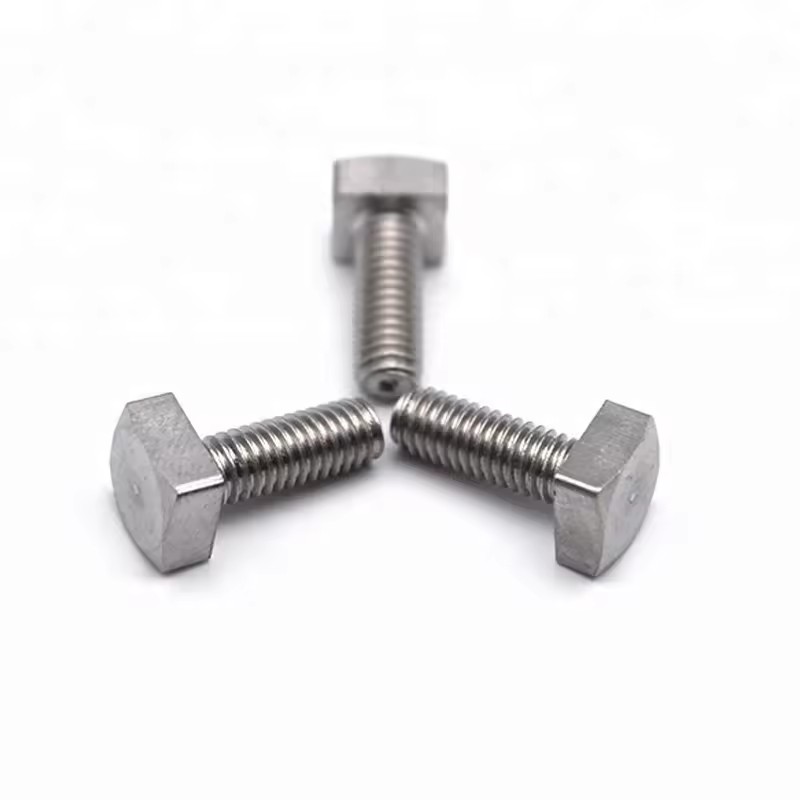
Heat treatment is a method of changing the internal structure and performance of stainless steel bolts through heating, insulation and cooling. The main functions of heat treatment include:
Through appropriate heat treatment processes, stainless steel bolts can obtain the required mechanical properties such as strength, hardness, plasticity and toughness. For example, quenching can improve the hardness and strength of bolts, while tempering can eliminate the internal stress and brittleness caused by quenching.
For some stainless steel bolts containing stabilizing elements, solution treatment can eliminate the compounds formed by these elements and carbon, nitrogen and other elements, thereby improving the corrosion resistance of the bolts.
Heat treatment can stabilize the internal organizational structure of stainless steel bolts and prevent organizational changes and performance degradation caused by factors such as temperature and stress during use.
Cold working, hot working and heat treatment each play an important role in the production process of stainless steel bolts. Cold working is mainly used to improve the strength and hardness of bolts and improve dimensional accuracy and surface quality; hot working is used to improve processing performance and eliminate internal stress under certain circumstances; while heat treatment is mainly used to improve the mechanical properties and corrosion resistance of bolts. performance and stable organizational structure.




